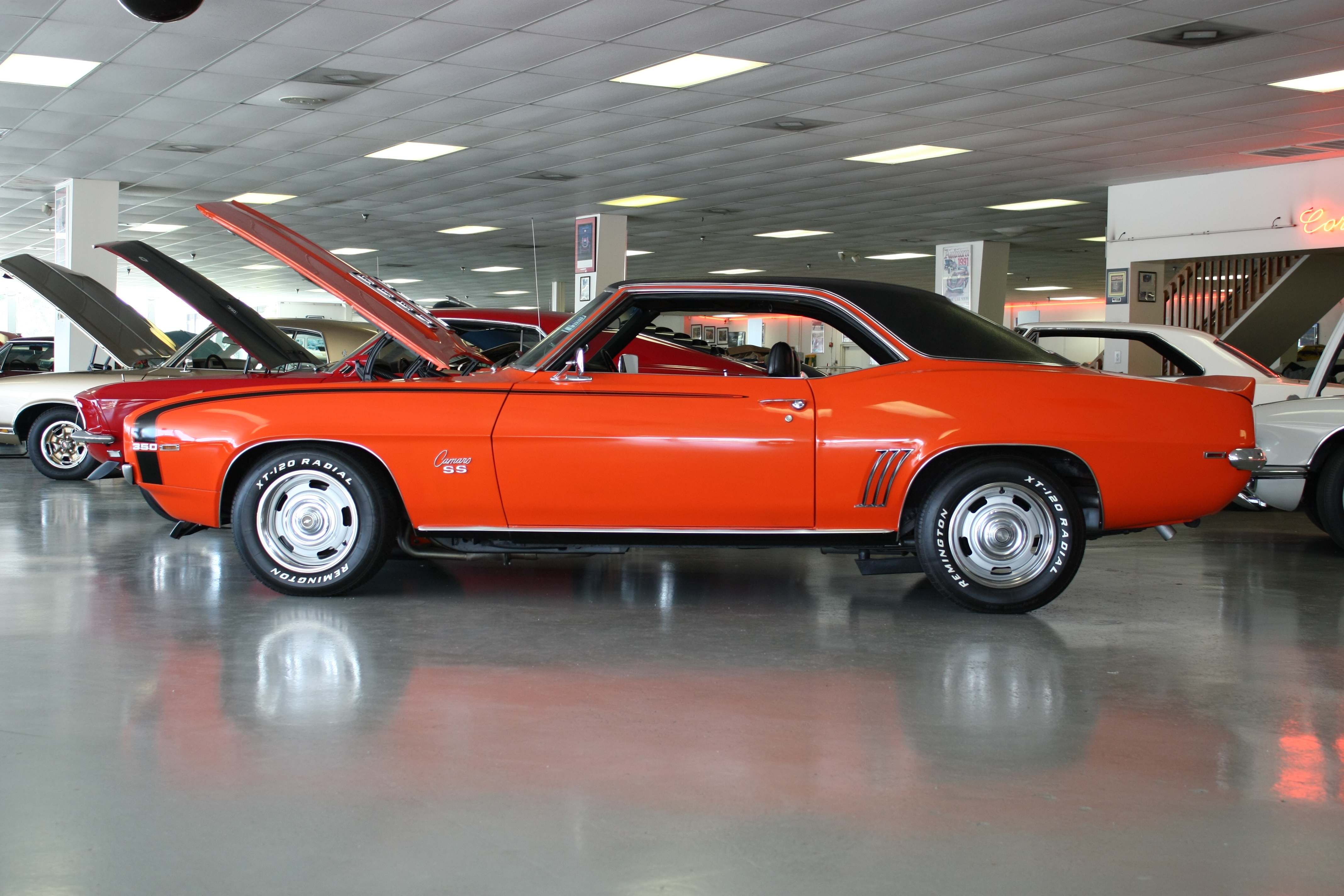
The roar of the engine, the feel of the road, the hum of perfectly tuned machinery—these are the sensations that make driving a pleasure. Yet, lurking beneath the surface, often overlooked and misunderstood, is one of the most critical components of your vehicle’s safety and performance: your tires. Specifically, the air pressure within them. It’s a topic riddled with misinformation, old wives’ tales, and outright dangerous advice that can cost you money, compromise your safety, and diminish your driving experience.
As senior media editors deeply committed to providing practical, actionable advice, we’ve consulted with tire experts to shine a light on the nine most pervasive myths surrounding tire air pressure. Our goal is to empower you with accurate, easy-to-understand information that you can apply immediately. Forget what you think you know, because some of the most common beliefs about tire pressure are not only false but can actively put you at risk. It’s time to separate fact from fiction and ensure your tires are always in optimal condition.
Your vehicle’s safety and performance require the cooperation of several components, and your tires play a bigger role than you may realize. Unfortunately, there’s a lot of misinformation out there about tires—often shared from friends, family, or the internet—that can lead to poor tire care, unnecessary costs, and even dangerous driving conditions. Today, we’re busting the 9 most common myths about safety tire pressure, offering clarity from those who know tires best.
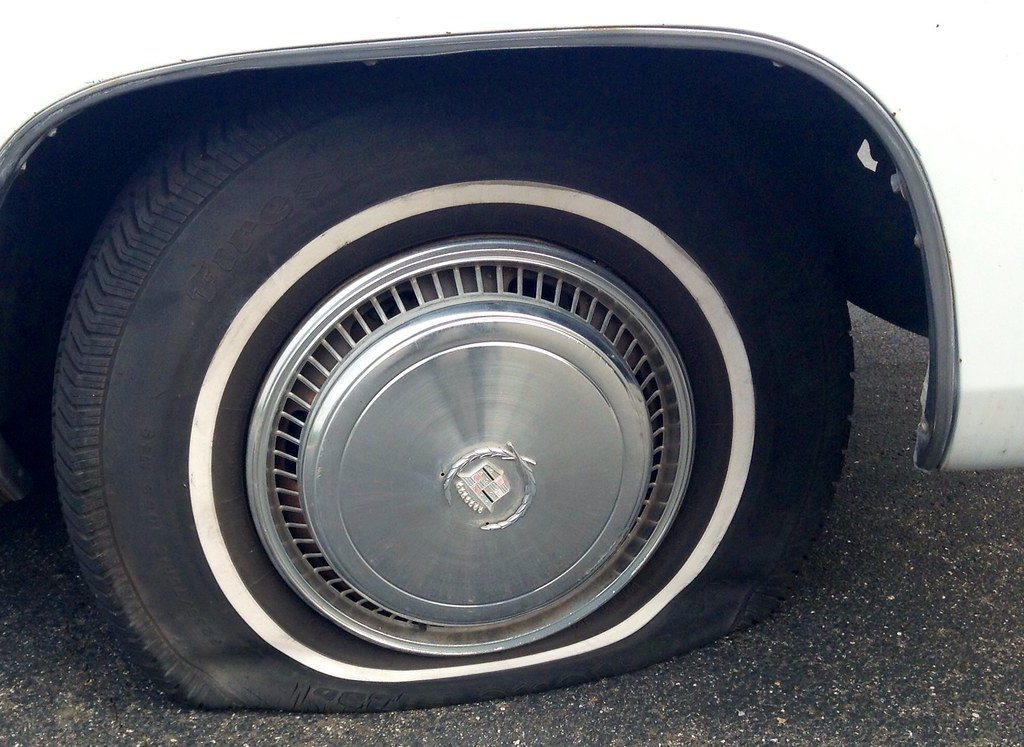
1. **Myth: The Correct PSI Is Printed on the Tire.**This is perhaps one of the most common and persistent myths that tire experts wish you’d stop believing. Many drivers glance at the numbers on their tire’s sidewall and assume that’s the magic number for inflation. They see “max PSI” and believe it’s the target pressure for their daily drives, leading to potentially dangerous overinflation. However, this is a significant misunderstanding that can lead to a host of problems.
The number printed on your tire’s sidewall is not the recommended pressure for your specific car. Instead, it represents the maximum cold pressure the tire can safely hold. It’s a safety limit for the tire itself, indicating the absolute highest pressure it can withstand before structural integrity becomes compromised. Inflating to this maximum for everyday driving is almost always incorrect and can have negative consequences for your vehicle’s performance and safety.
Your vehicle’s weight, its performance characteristics, and how it handles are the true determinants of the ideal tire pressure. This crucial information is not found on the tire itself, but rather on a sticker inside the driver’s side door jamb, in the glove box, or within your vehicle’s owner’s manual. Always refer to your vehicle’s specific recommendations rather than following generic guidelines or the tire’s maximum pressure. This small detail can make a world of difference in your driving experience.
Using the maximum pressure can lead to overinflated tires, which significantly reduce traction, make for a harsher ride, and increase the risk of blowouts, especially on rough roads. It’s a critical piece of information that directly impacts your safety and the longevity of your tires. So, next time you’re checking your pressure, skip the sidewall and head straight for your door jamb.
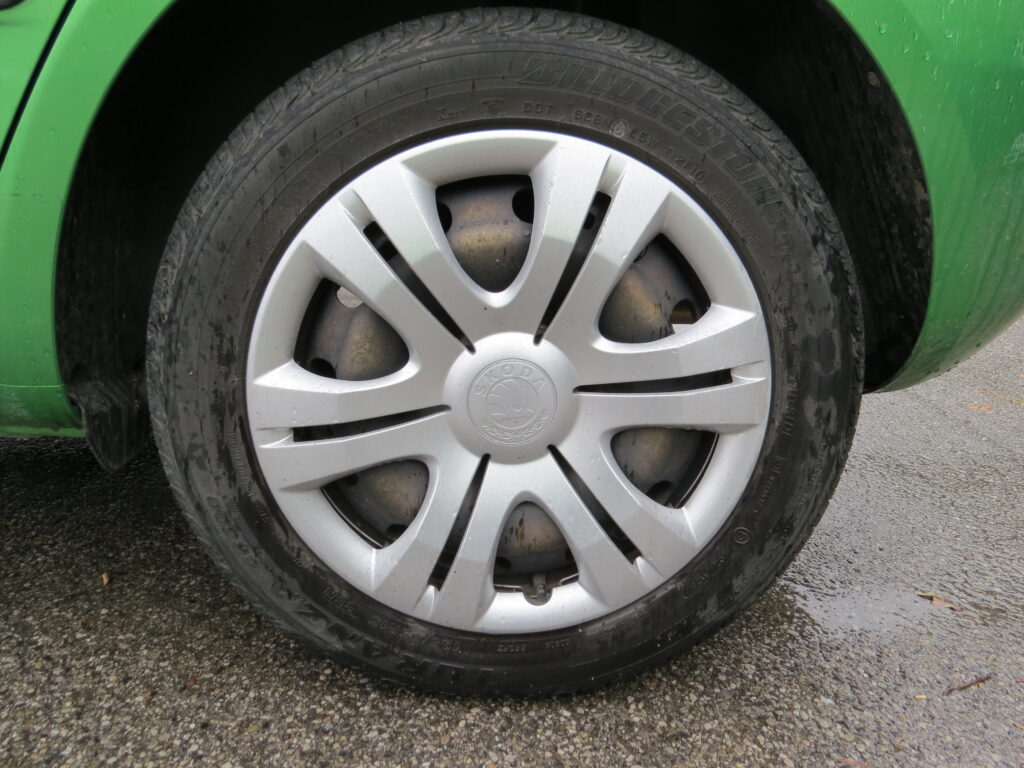
2. **Myth: If the Tires Look Fine, They Are Fine.**This myth is incredibly pervasive because it appeals to our visual common sense. We tend to believe that if a tire doesn’t appear visibly deflated or flat, it must be adequately inflated. However, relying solely on your eyes to judge tire pressure is a surefire way to drive on dangerously underinflated tires. Our perception can be deceiving, and what looks “fine” can actually be significantly below the recommended PSI.
A tire can lose a substantial amount of air—often 10 PSI or more—before it becomes visibly flat or even noticeably low to the untrained eye. This means you could be operating with tires that are 20% or even 25% underinflated without ever realizing it, simply because they don’t *look* flat. This level of underinflation is enough to severely impact your vehicle’s handling, fuel economy, and tire lifespan, increasing risks without any obvious visual cues.
Underinflated tires create more rolling resistance, forcing your engine to work harder and burning more fuel than necessary. Even a small drop in safety tire pressure can cut fuel economy by 1-2%. More critically, underinflation compromises the tire’s contact patch with the road, reducing grip, increasing braking distances, and making the tire more prone to overheating and potential blowouts. This problem is invisible to the eye but very real in terms of danger.
The only reliable way to accurately assess tire pressure is by using a proper tire gauge. Think of it like trying to guess your weight by looking in the mirror—you’ll be way off. Always carry a digital tire gauge or a portable pump. These small investments prevent big accidents and ensure you have the correct information about your tire’s health, regardless of how they appear visually.
Read more about: Navigating the Red Zone: A Deep Dive into States with the Toughest Traffic Fines and Penalties
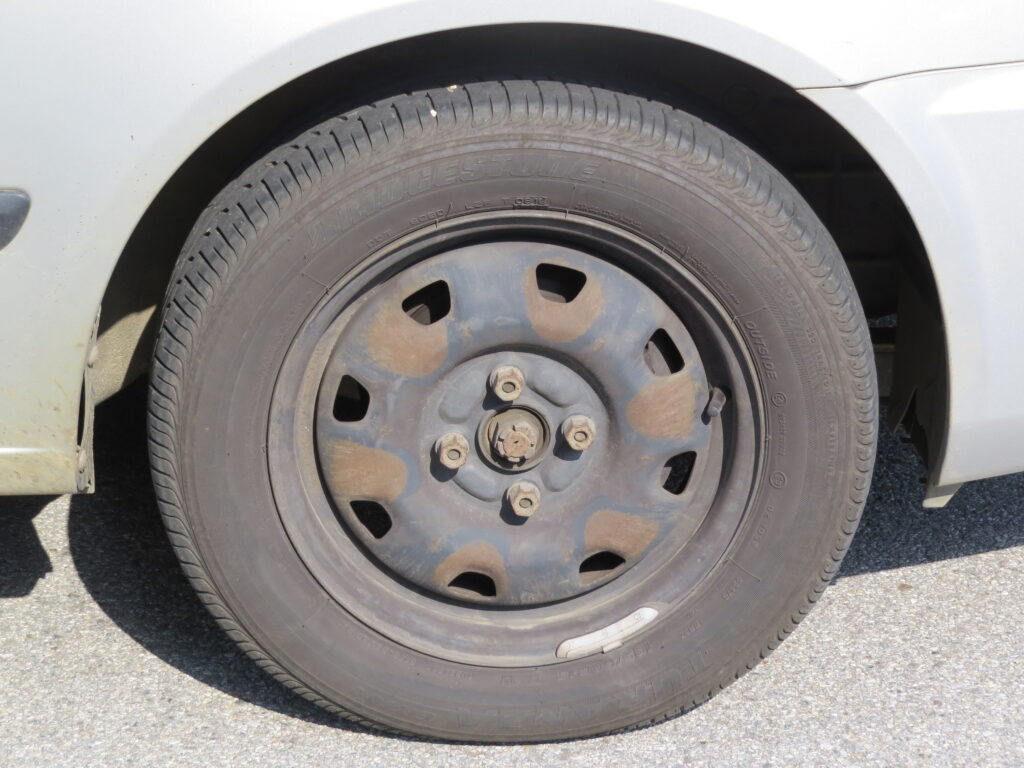
3. **Myth: You Should Inflate Your Tires to the ‘Max PSI’ for Better Fuel Economy.**This myth is a dangerous hybrid of two common misconceptions: that the “max PSI” on the sidewall is the recommended pressure, and that higher pressure universally equates to better fuel economy without drawbacks. While it’s true that a *slightly* higher pressure (within recommended limits) can reduce rolling resistance and improve fuel efficiency, pushing tires to their maximum rated pressure or beyond the vehicle manufacturer’s recommendation is a recipe for disaster, not savings.
The truth is, overinflating your tires can actually be very dangerous. While a higher tire pressure *can* slightly reduce rolling resistance, the downsides are severe and far outweigh any minimal fuel savings. Over-inflation significantly reduces the size of your tire’s contact patch with the road. This means less rubber is gripping the asphalt, leading to drastically reduced traction, especially in wet weather or during emergency braking. This reduced grip puts you and your passengers at serious risk.
Beyond the safety implications, overinflated tires lead to a harsher, noisier ride, transmitting more road imperfections directly into the cabin. They also cause accelerated and uneven wear in the center of your tread, meaning your tires will wear out much faster than they should, negating any perceived fuel savings with premature replacement costs. The balanced approach is key—follow the manufacturer’s recommended PSI, not speculative guesses.
Always inflate tires to the manufacturer’s recommended pressure, which can be found in your vehicle’s owner’s manual or on the driver’s side door jamb. The goal is balance—optimal safety, tire longevity, and fuel efficiency come from adhering to these specific guidelines, not from pushing to the “max PSI” in a misguided attempt to save a few cents on gas. These minimal fuel savings are simply not worth the safety risk and extra tire costs.
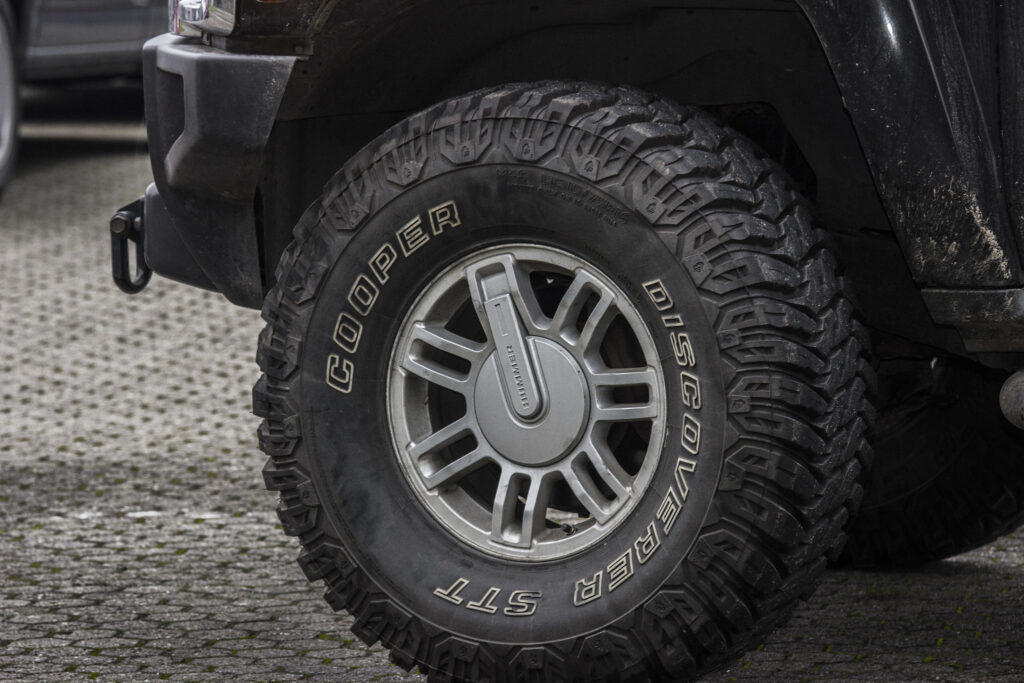
4. **Myth: You Only Need to Check Your Tires if the TPMS Light Comes On.**Modern vehicles are equipped with a Tire Pressure Monitoring System (TPMS), a valuable safety feature that alerts drivers to significant drops in tire pressure. However, many drivers mistakenly view the TPMS light as their primary or only indicator for checking tire pressure. This reliance is a critical error, as the TPMS is a warning system, not a comprehensive maintenance tool, and its illumination signifies a problem that is already well underway.
Your TPMS is typically set to illuminate only when pressure is significantly below the recommended level, often around 25% below. By the time that dashboard light flashes, you’re already driving on dangerously underinflated tires. This means your fuel economy has been suffering for a while, your tires are experiencing excess wear, and your vehicle’s handling and braking capabilities are already compromised. It’s an alert for an existing issue, not a preventive measure.
Relying on the TPMS light to tell you when to check your tires is like waiting for a doctor’s appointment to monitor your blood pressure—you’re ignoring the day-to-day risks. Tire pressure can fluctuate weekly, especially with changing weather, and a slight but significant drop might not trigger the TPMS light until it reaches a critical point. Don’t wait for a warning; be proactive and incorporate manual checks into your routine.
Experts recommend keeping a tire gauge handy and checking your tire pressure manually at least once a month, and always before long road trips. This proactive approach allows you to catch minor pressure drops before they become major safety hazards or lead to costly damage. While TPMS is a useful backup, it doesn’t replace the need for regular, manual inspections to ensure your tires are always at their optimal, safe pressure. It’s about taking control, not just reacting to a warning.
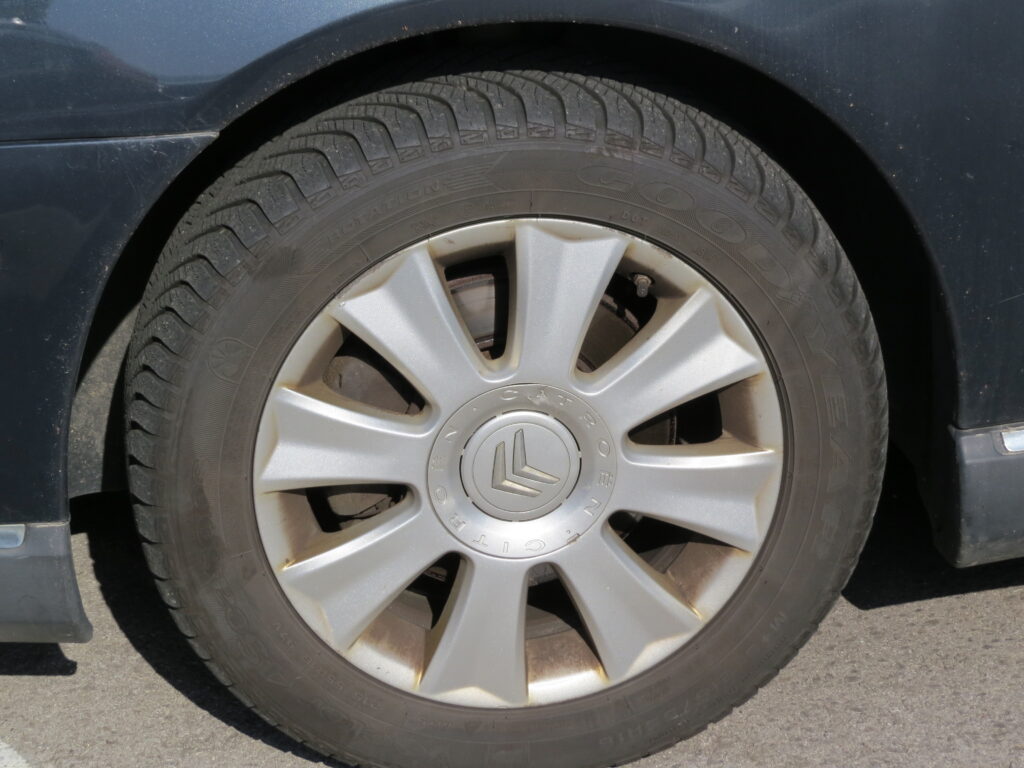
5. **Myth: You Should Check Pressure Right After Driving.**This is a common misstep in tire maintenance that can completely throw off your readings and lead to improper inflation. Many well-meaning drivers pull into a gas station, jump out, and immediately check their tire pressure after a drive, thinking they’re being proactive. However, this immediate check after driving is one of the biggest errors you can make, as it provides a fundamentally inaccurate measurement of your tire’s true “cold” pressure.
The core issue lies in the physics of air and friction. As your tires roll down the road, they generate heat through friction with the asphalt and constant flexing of the rubber. This heat causes the air inside the tires to expand. When air expands, its pressure increases. Therefore, if you check your tire pressure when they are “hot”—meaning they’ve been driven for more than a mile or two in the past three hours—the reading you get will be artificially inflated, typically 4-5 PSI higher than their actual cold pressure.
Relying on these hot readings to adjust your tires is problematic because it will lead you to underinflate them. If your gauge shows, say, 35 PSI on a hot tire, and your recommended cold pressure is 32 PSI, you might be tempted to release air. But once that tire cools down, its pressure will drop even further, potentially leaving you with significantly underinflated tires. This means you’ll be driving on tires that are not only less safe but also prone to excessive wear and reduced fuel efficiency once they return to their true cold state.
The golden rule for accurate tire pressure checks is simple: always measure when your tires are “cold.” This means checking them first thing in the morning before you drive anywhere, or after the vehicle has been parked for at least three hours. If you absolutely must check them after a short drive, remember to factor in that increased pressure. It’s far better to err on the side of caution and wait for a cold reading to ensure you’re adjusting to the precise manufacturer-recommended PSI for optimal performance and safety. Don’t let impatience lead to an inaccurate assessment of such a critical component.
Read more about: Busting the Biggest Battery Blunders: 15 Car Power Fictions Mechanics Wish You’d Quit

6. **Myth: You Only Need to Check Tire Pressure During Oil Changes.**While an oil change is an excellent opportunity for a mechanic to give your tires a once-over, solely relying on these infrequent visits to monitor tire pressure is a significant oversight that can put you at risk. This misconception suggests that tire pressure is a static condition, only needing attention a few times a year. However, the reality is that tire pressure is a dynamic factor, constantly fluctuating and requiring more consistent vigilance than most drivers realize.
Tires naturally lose air over time, a process often accelerated by everyday driving conditions, small punctures, or even subtle leaks around the valve stem. On average, a tire can lose about 1 PSI per month, regardless of how meticulously you drive or how stable the weather might seem. If you’re waiting for your next oil change, which might be every 5,000 to 10,000 miles or several months apart, your tires could easily be 5, 10, or even more PSI below their recommended level by the time they get checked.
Driving on underinflated tires for extended periods has a cascading effect of negative consequences. It dramatically increases rolling resistance, forcing your engine to work harder and directly translating into worse fuel economy—costing you money at the pump. More critically, underinflation generates excessive heat, weakens the tire’s sidewalls, and distorts its contact patch with the road, leading to uneven and accelerated wear. This significantly shortens the lifespan of your tires and exponentially increases the risk of a dangerous blowout.
Experts unequivocally recommend making tire pressure checks a monthly habit, not just a periodic event tied to other vehicle services. Think of it like brushing your teeth—you wouldn’t wait for your annual dental check-up to ensure oral hygiene. Carrying a reliable tire gauge and dedicating a few minutes once a month can preempt these issues, ensuring your tires remain within optimal parameters. This proactive approach saves you money in the long run and, most importantly, keeps you and your passengers safer on every journey, regardless of seasonal changes or driving conditions.
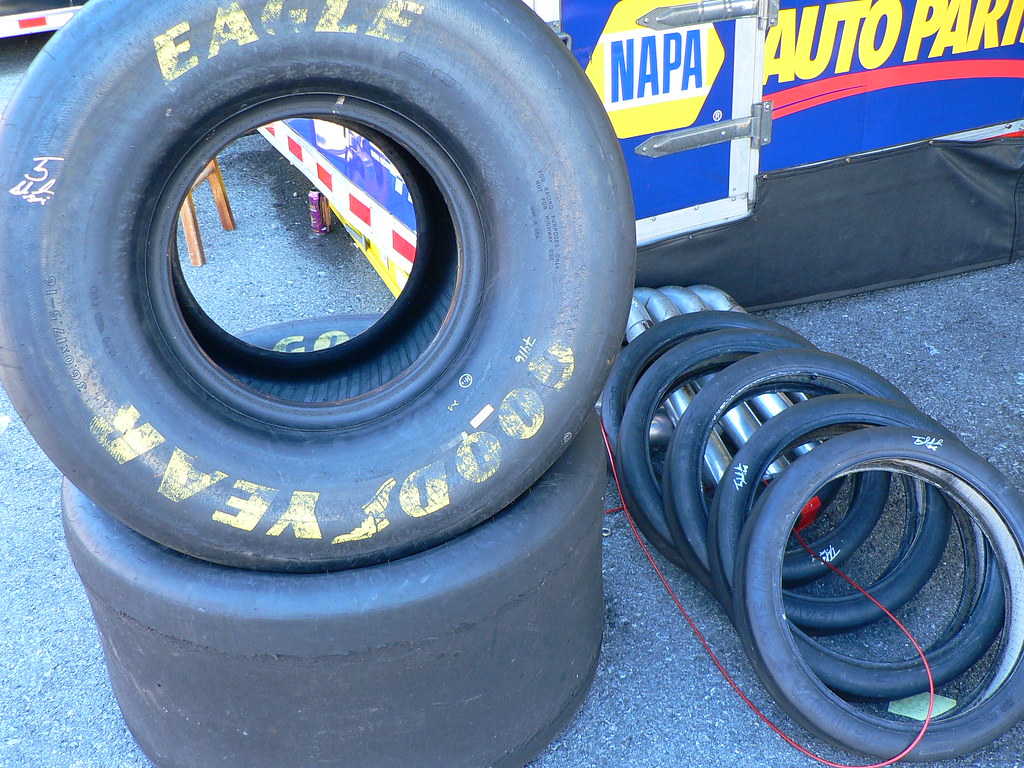
7. **Myth: Safety Tire Pressure Doesn’t Change With Weather.**This is a widespread belief that often catches drivers off guard, leading to improper inflation and compromised safety, especially during seasonal transitions. Many assume that once their tires are inflated to the correct PSI, they’ll magically stay there, unaffected by the external environment. However, the air inside your tires is highly susceptible to temperature fluctuations, and understanding this relationship is crucial for maintaining optimal pressure year-round.
The fundamental principle here is that air expands when heated and contracts when cooled. In practical terms, this means your tire pressure will naturally rise when the ambient temperature increases, such as during hot summer months or simply from prolonged driving in warm conditions. Conversely, as temperatures drop—think chilly mornings or the onset of winter—the air inside your tires contracts, causing the pressure to decrease. This direct correlation means that a tire perfectly inflated on a mild day could become significantly underinflated during a cold snap or overinflated during a heatwave.
Consider the risks. In hot weather, an already correctly inflated tire might become overinflated due to heat expansion. Overinflated tires reduce traction by narrowing the contact patch with the road, making them more prone to punctures, a harsher ride, and uneven wear in the center of the tread. When cold weather hits, the opposite problem emerges: underinflation. This leads to increased rolling resistance, reduced fuel economy, and crucially, higher susceptibility to damage from potholes and a greater risk of blowouts due to sidewall flexing and overheating.
Therefore, regular pressure checks become even more vital with changing seasons. While you might be tempted to “pump them up” more in winter or let some air out in summer, the best advice remains consistent: always adjust your tire pressure to the vehicle manufacturer’s recommended cold PSI. Use a reliable gauge to check your tires when they haven’t been driven for hours, and make small adjustments as needed. This simple act of vigilance ensures your tires adapt to the weather, providing consistent safety, handling, and efficiency, no matter what the thermometer says.
Read more about: Stop Falling for These 19 Car Myths: Essential Facts for Drivers
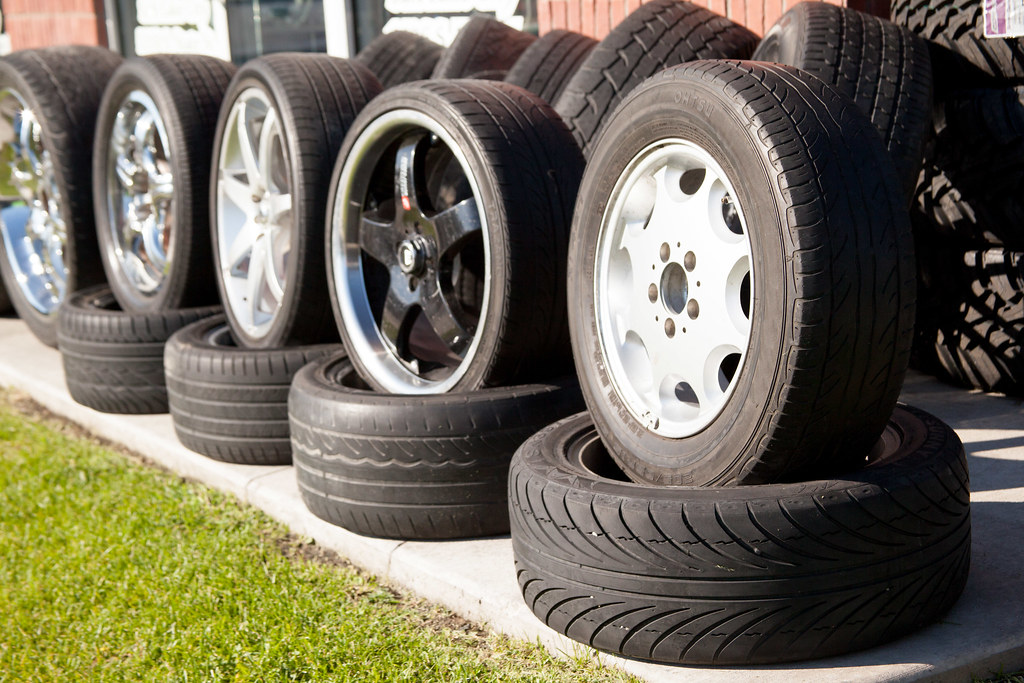
8. **Myth: New Tires Don’t Need Safety Tire Pressure Checks.**It’s easy to fall into the trap of thinking that because something is brand new, it’s also worry-free, especially when it comes to vehicle components like tires. Many drivers assume that a fresh set of tires, straight from the store, are perfectly inflated and will maintain their pressure without any intervention. This myth is not only false but can quickly lead to the same issues of underinflation, premature wear, and compromised safety that plague older tires, simply because new doesn’t mean impervious.
Even brand-new tires, regardless of their quality or the care with which they were installed, are not immune to the natural process of air loss. Just like older tires, new ones can typically lose about 1 to 2 PSI per month. This slow, almost imperceptible leakage means that within a few weeks or a couple of months, those “perfectly inflated” new tires can easily fall below the manufacturer’s recommended PSI, putting them squarely in the danger zone of underinflation.
Furthermore, new tires go through a “break-in” period. During this initial phase, the tire compounds and structure adjust to the vehicle’s weight, your driving style, and the various forces exerted on them. This adjustment can sometimes involve slight pressure changes as the tire settles into its operational rhythm. Ignoring pressure checks during this critical period means you’re missing an opportunity to ensure your new investment performs optimally from day one, potentially embedding poor habits that will lead to faster degradation.
The bottom line is that the moment your new tires are mounted, they immediately become subject to the same physical laws and environmental factors as any other tire on the road. Therefore, the same best practices for pressure monitoring apply. Integrate monthly pressure checks into your routine right away, even before the new-car smell fades. This proactive approach ensures that you protect your investment, maximize the lifespan of your new tires, and maintain the highest level of safety and fuel efficiency from the very first mile. Don’t let the allure of “new” lull you into a false sense of security; vigilant monitoring is always the best policy.
Read more about: Timeless Machines, Modern Rules: Unpacking the Legality of Classic Cars Lacking Modern Safety Features
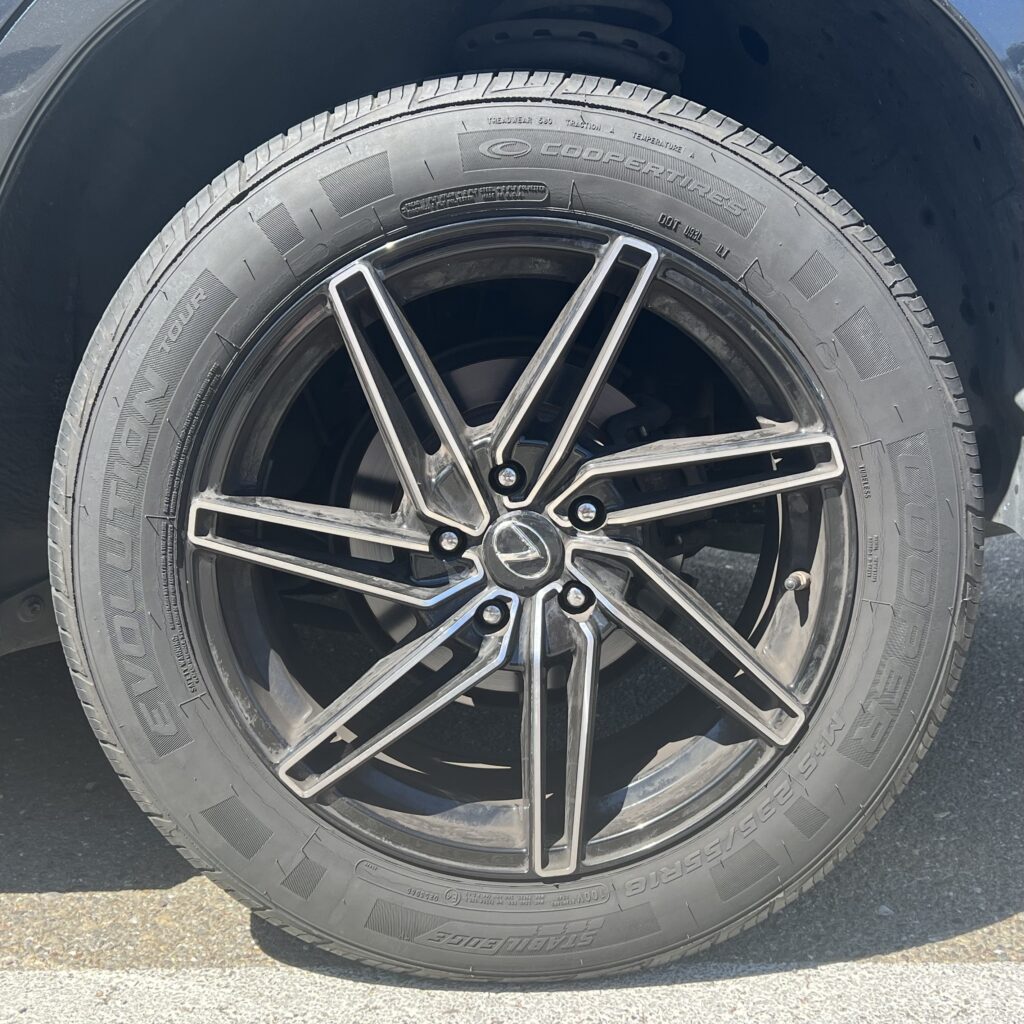
9. **Myth: Nitrogen-Filled Tires Don’t Require Safety Tire Pressure Monitoring.**The allure of nitrogen-filled tires has grown in recent years, with many drivers opting for this alternative to regular compressed air, often believing it eliminates the need for routine pressure checks. The marketing around nitrogen often highlights its benefits: slower leakage rates and less susceptibility to temperature-induced pressure changes. While these advantages are real, the myth that nitrogen-filled tires are somehow “set and forget” is a dangerous one that tire experts wish would finally be debunked.
It’s true that nitrogen molecules are larger than oxygen molecules, which means nitrogen permeates through rubber at a slower rate than air (which is about 78% nitrogen, 21% oxygen, and other gases). This characteristic can indeed lead to tires maintaining their pressure for longer periods compared to those filled with regular air. Additionally, nitrogen is a dry gas, meaning it contains less water vapor, which can reduce the pressure fluctuations caused by heating and cooling. These are tangible benefits that can contribute to more stable tire pressure over time.
However, “slower” air loss does not mean “no” air loss. Every tire, regardless of what it’s filled with—be it regular air or pure nitrogen—will eventually lose pressure over time. Tires are not hermetically sealed units; air can still escape through microscopic pores in the rubber, around the valve stem, or from minor impacts. Relying on nitrogen to be an infallible barrier against pressure loss is a gamble that puts your safety, fuel economy, and tire longevity at significant risk.
Therefore, even if your tires are filled with nitrogen, the fundamental need for regular, manual pressure monitoring remains paramount. Treat nitrogen-filled tires with the same diligence as you would air-filled ones: check them monthly with a reliable tire gauge and always before long trips. While nitrogen can offer an edge in maintaining consistency, it doesn’t grant your tires invincibility. Proactive monitoring is the only guaranteed way to ensure your tires are always at the optimal pressure, securing your safety and protecting your investment, regardless of the gas inside.
Conclusion
We’ve journeyed through some of the most stubborn misconceptions about tire air pressure, separating fact from fiction with insights from tire experts. From understanding the true meaning of PSI numbers to appreciating the impact of weather and the ongoing needs of even brand-new or nitrogen-filled tires, the message is clear: informed vigilance is your best friend on the road.
Ignoring these truths doesn’t just put your wallet at risk through reduced fuel economy and premature tire wear; it directly compromises your vehicle’s handling, braking capability, and overall safety. Your tires are the only part of your car connecting you to the road, and their proper inflation is non-negotiable for a safe and confident driving experience.
So, toss aside the old wives’ tales and embrace the proactive approach. Make monthly manual checks a non-negotiable part of your vehicle maintenance routine. Invest in a good quality tire gauge, and always refer to your vehicle’s manufacturer recommendations. By taking these simple, actionable steps, you’re not just maintaining your tires—you’re investing in your safety, extending your vehicle’s lifespan, and ensuring every drive is as smooth and secure as it should be. Don’t just drive; drive smarter, drive safer, and drive with confidence, armed with the knowledge to keep your tires in peak condition.


